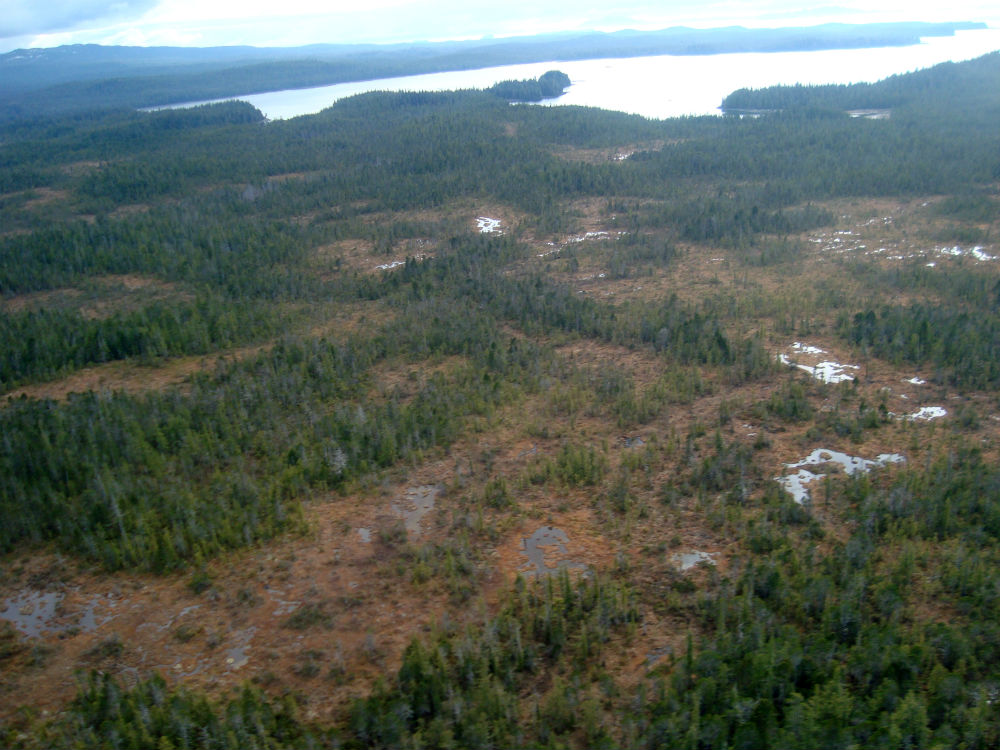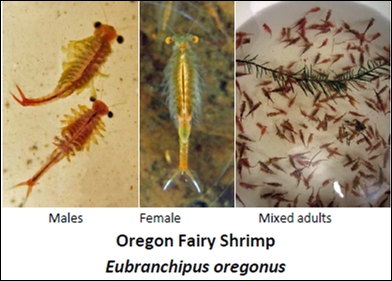Fairy shrimp, and sundews and spotted frogs, oh my!
Yesterday, WWF, the David Suzuki Foundation, Ducks Unlimited, B.C. Wildlife Federation, and the South Coast Conservation Program, signed the Wetlands Declaration. Together, we’re aiming to protect 100 per cent of the remaining in B.C.’s Lower Mainland wetlands from further loss and degradation, and restore at least 10 per cent of our lost wetlands before 2030, through public engagement, education and improved policies.
It sounds like an ambitious goal, and it is, but our wetlands deserve more attention. Too often, humans tend to view wetlands as wastelands. (Any Lord of the Rings fan knows that wetlands bordered the land of Mordor.) Wetlands have been drained and filled in for decades, with little regard for the remarkable plants and wildlife that call these areas home. The lower Fraser River, for example, has lost at least 80 per cent of its wetlands since initial settlement of the S’ólh Téméxw by Europeans.

That’s a big loss for an ecosystem that took 8,000 years to create, transforming from a forest into the sprawling network of pools, peat and cedars that dominate portions of B.C.’s north coast.
B.C.’s wetlands are primarily coastal bogs, fascinating places for those who care about biodiversity. Only plants that are able to tolerate very wet, nutrient poor and slightly acidic conditions are found here. Peat moss abounds, but if you look carefully you will also find one of North America’s carnivorous plants, the Sundew.
Wetlands fauna are no less compelling; the 2.5 centimeter long Oregon Fairy Shrimp, for example. Despite being fairly large for a fairy shrimp and a rather pretty rusty orange, the fairy shrimp has been overlooked in decisions that affect wetlands. We now know of only a few locations in the lower mainland of B.C. where they live, and one site is already being considered for development.
We think wetlands species like Oregon Fairy Shrimp, Oregon Spotted Frog, and Sundews are worth keeping. That’s why WWF has joined like-minded groups in committing to help maintain these wetlands habitats for our children. It took nature thousands of years to create these wetlands; let’s work together to make sure that humans don’t destroy them in an afternoon.
Help us help the wetlands: read the Declaration and learn the five things that wetlands do for you and take action on the five things that you can do for wetlands.


